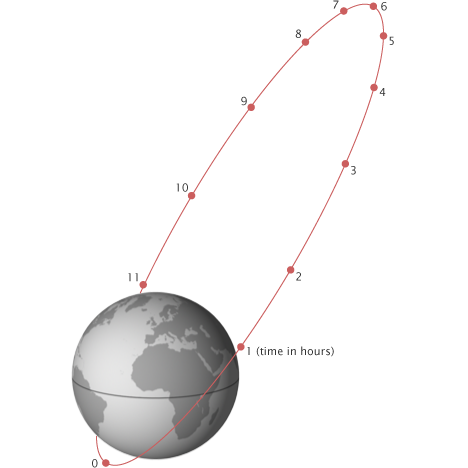Do geostationary satellites need to have the equator as the plane of rotation, and the earth's centre to be the centre of rotation?
To be stationary above a point, yes.
Can it rotate over, say, the Tropic of Cancer, focusing on a single city?
If the satellite's orbit touched the Tropic of Cancer, it would not be geostationary since the orbit about the center of the Earth would move the satellite north and south to reach the Tropic of Capricorn as well. Any geostationary satellite can be placed so that a designated city is always in line of sight, it doesn't need to be directly overhead.
If not, in which case, we need a chain of geostationary satellites to do a function, why employ geostat satellites at all?
Only one geostationary satellite is needed for some functions, such as TV broadcasts to the Eastern Seaboard.
Aren't there satellites at lower altitudes which could do a better job?
It depends on what the job is. For continuous broadcast and reception of signals, a geostationary satellite is best. For obtaining crop information, a low Earth orbit satellite might be better.
